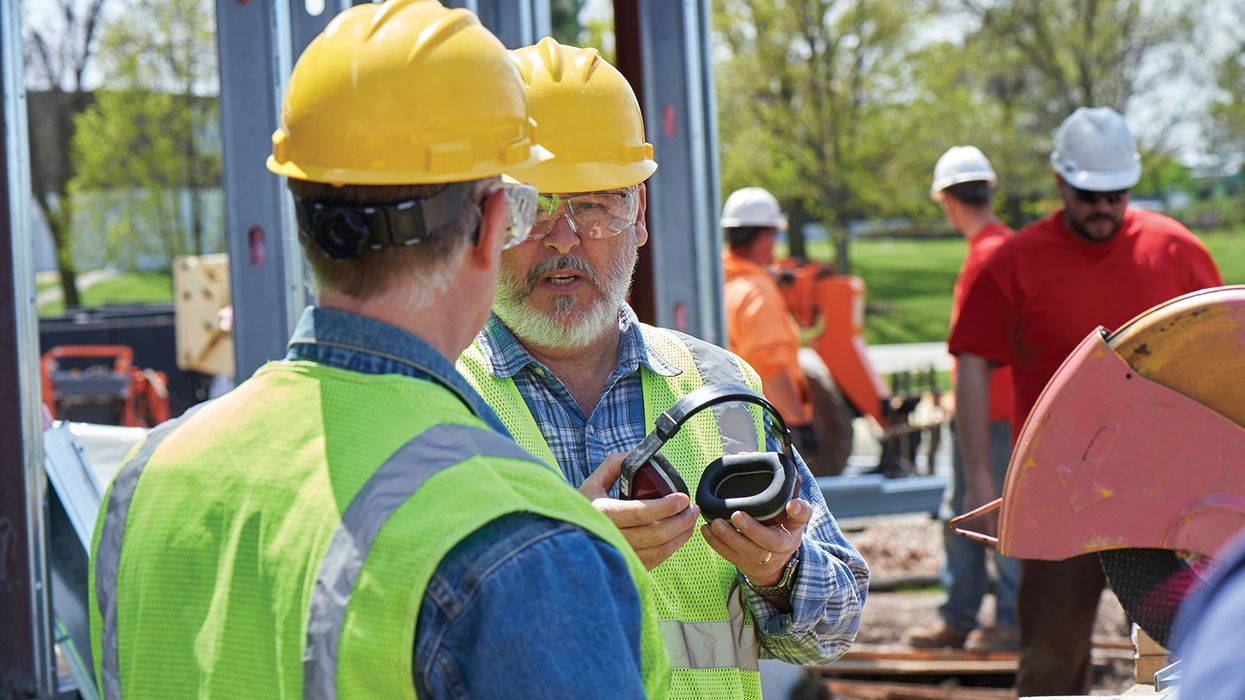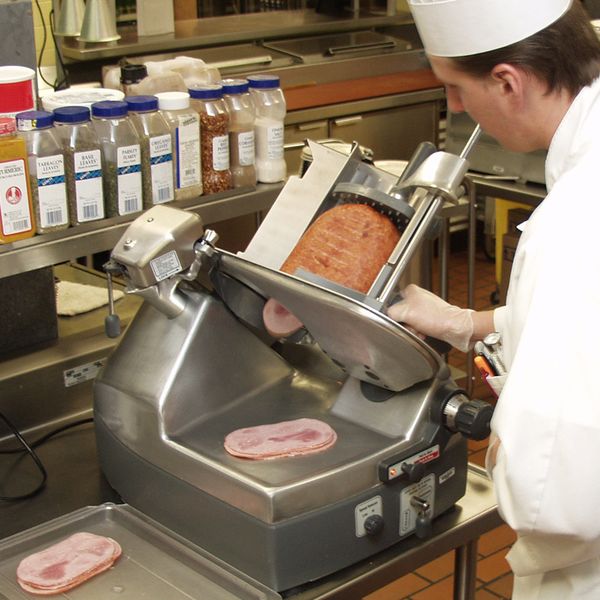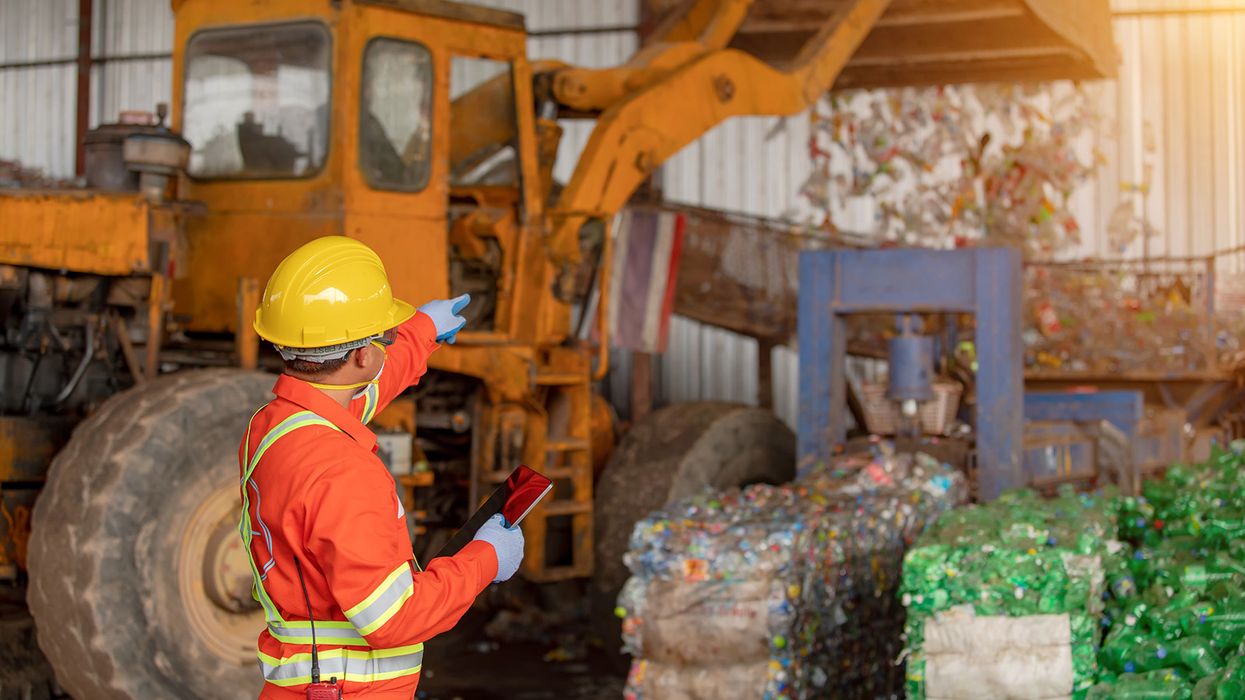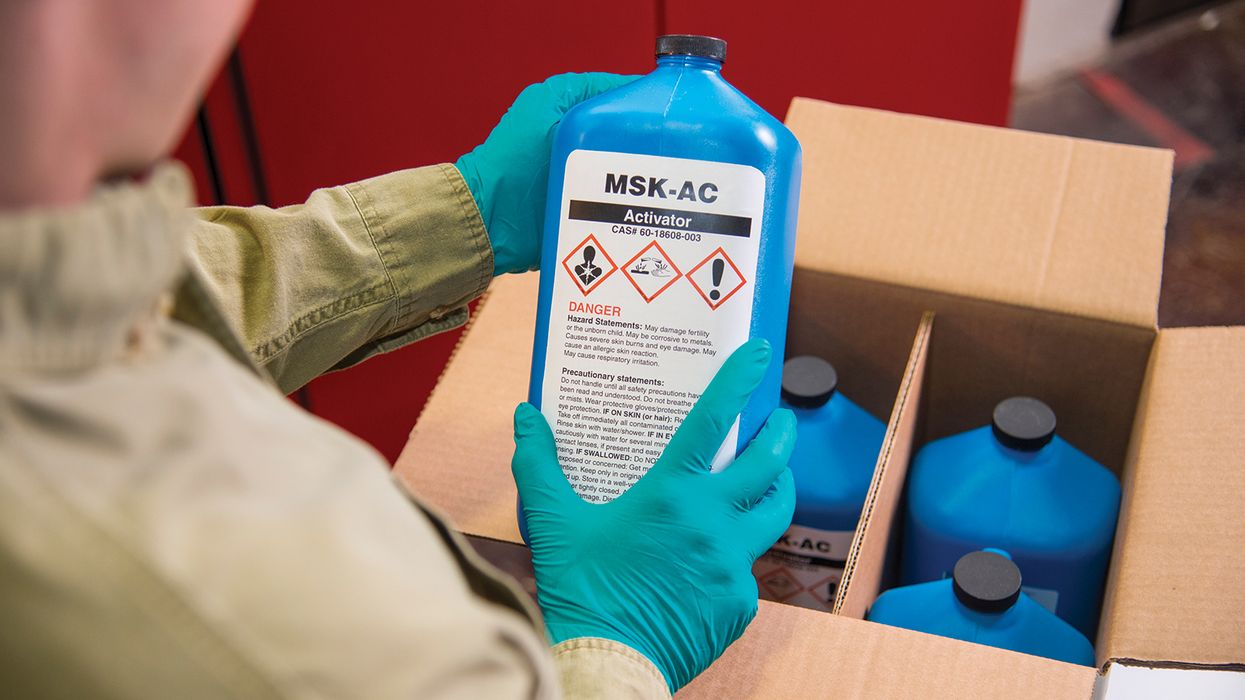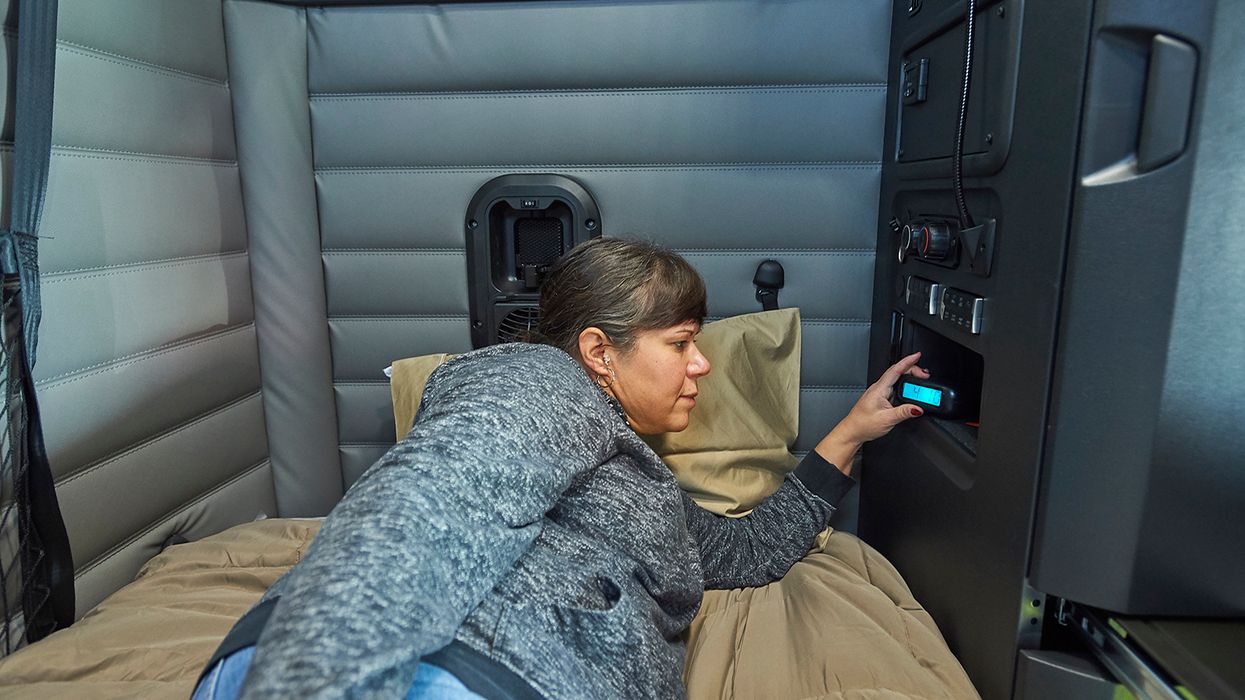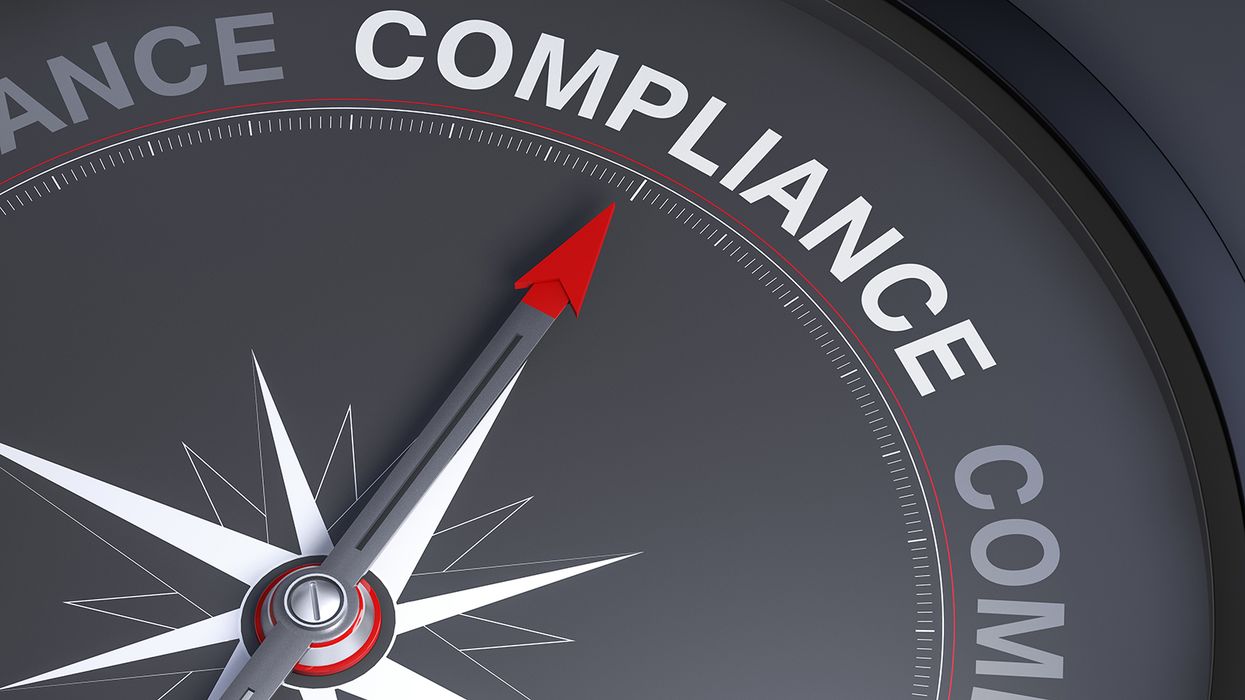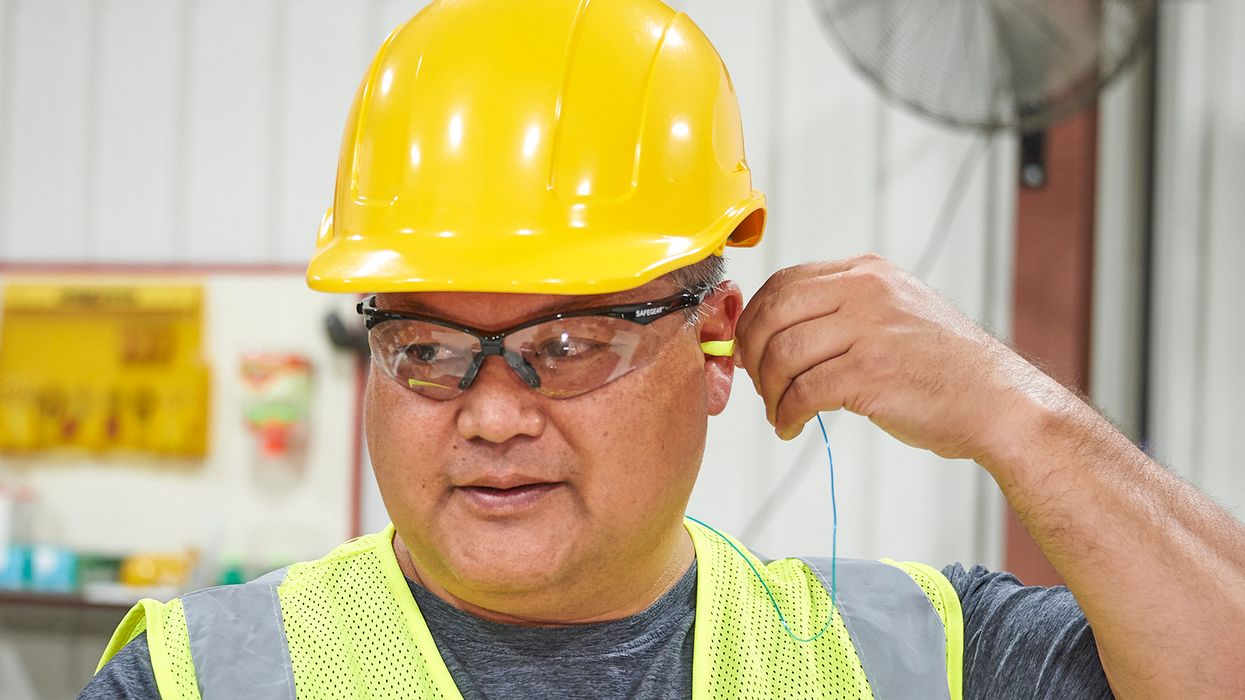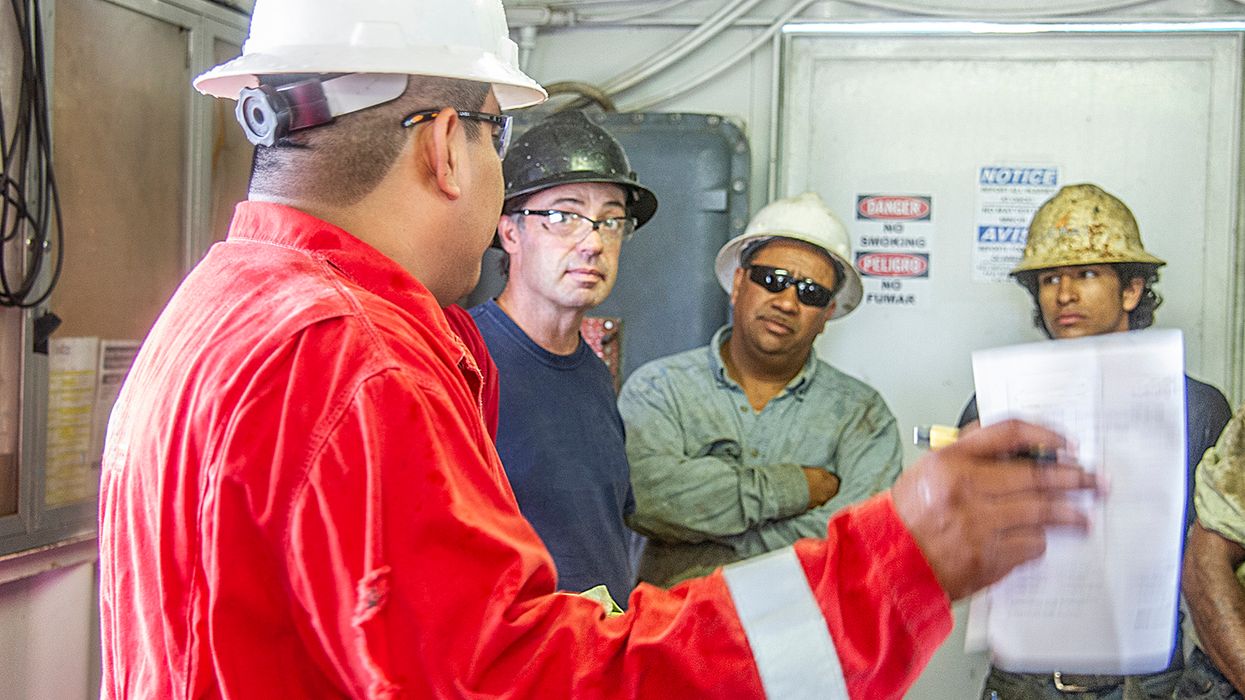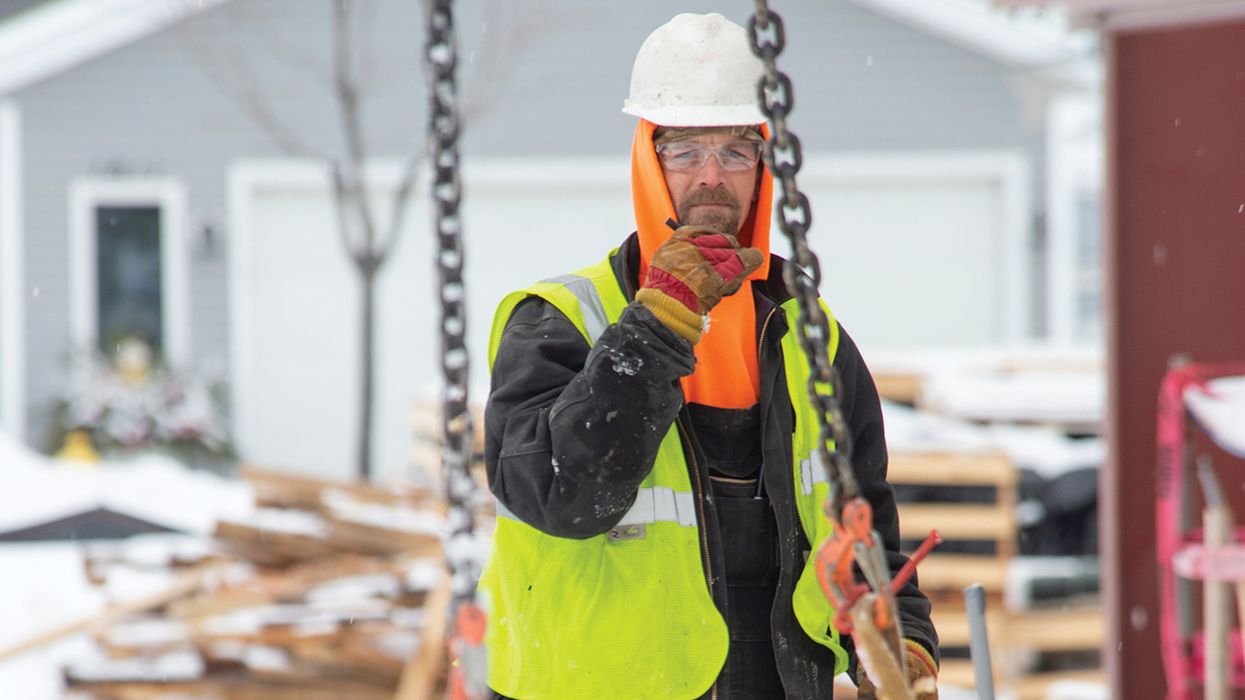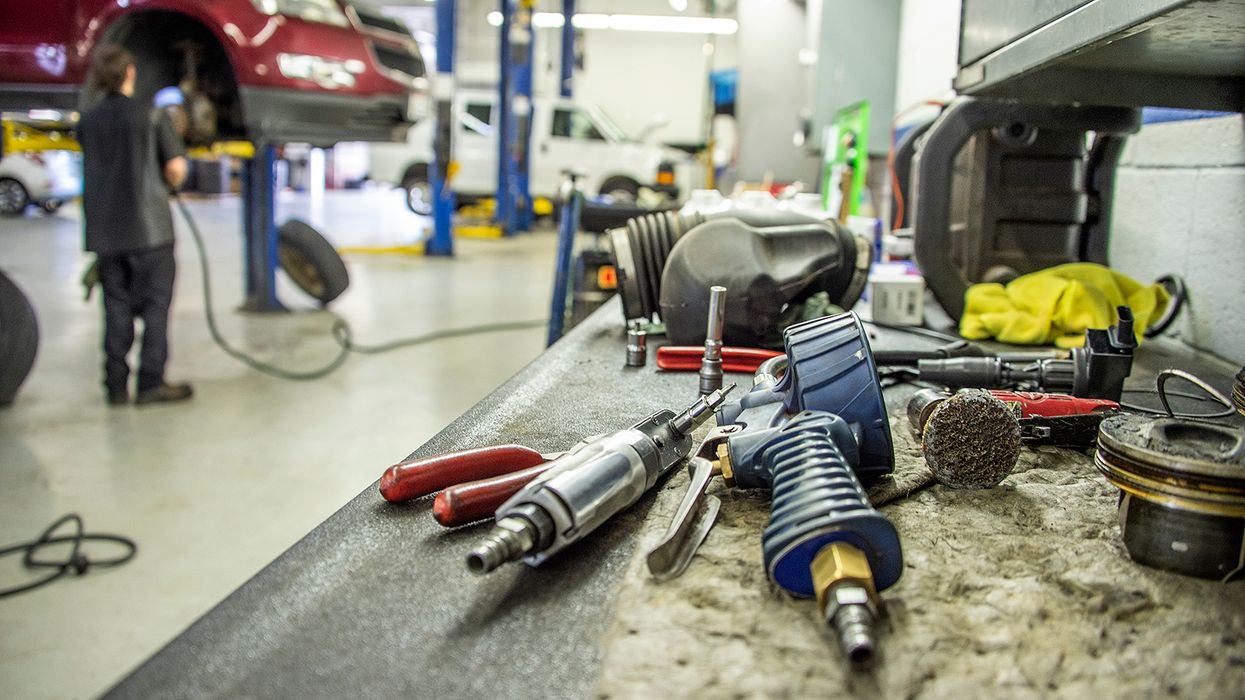OSHA can cite for violations created by non-employees
If your company ever uses temps from a staffing agency or hires contractors like plumbers or electricians, your company could be liable for OSHA violations created by those non-employees. OSHA’s multi-employer citation policy (CPL 02-00-124) recognizes four employer categories, although an employer may fall into more than one category. The categories include:
- The Creating Employer
- The Exposing Employer
- The Correcting Employer
- The Controlling Employer
The names are somewhat self-explanatory, like who created the hazard, whose workers are exposed to the hazard, and who has authority to correct the hazard.
If an OSHA inspector finds a violation at a multi-employer worksite, the inspector will determine which category your company falls under, then decide if your company can be cited for failing to meet its obligations. The specific obligations differ for each category.
| For an example of contractor citations, see $130 million in damages; Multi-employer jobsite is unsafe. |
Creating Employer
The creating employer caused a hazardous condition, which might be the contractor. OSHA gives an example of a contractor causing damage to a guardrail, creating a hazard and a violation. Although the contractor lacks the authority to fix the guardrail, it must take immediate and effective steps to keep all employees away from the hazard and notify the controlling employer of the hazard.
Exposing Employer
An exposing employer is one whose employees are exposed to the hazard. Your employees could be exposed to hazards created by other employers, like working near a damaged guardrail.
Even if another employer created the violation (like the contractor), the employer whose workers are exposed to the hazard (your company) could still get cited if it:
- Knew of the hazardous condition or failed to exercise reasonable diligence to discover the condition, and
- Failed to take steps consistent with its authority to protect its employees.
If the exposing employer has the authority to correct the hazard, it must do so. Even if it lacks that authority, OSHA may still cite the exposing employer if it fails to:
- Ask the creating or controlling employer to correct the hazard;
- Inform its employees of the hazard; and
- Take reasonable alternative protective measures to safeguard its employees.
Correcting Employer
The correcting employer is responsible for correcting the hazard. Often, the creating employer will also be the correcting employer. Correcting employers must exercise reasonable care to identify and prevent violations, and meet their obligations for remediating hazards. OSHA’s policy outlines the “reasonable care” duties under the “controlling employer” obligations.
Controlling Employer
The controlling employer has general supervisory authority, including the power to correct violations or require others to correct them. A controlling employer must exercise reasonable care to identify and prevent violations.
The extent of this duty is less than what’s expected from an employer protecting its own employees. For example, a controlling employer is not normally required to inspect for hazards as frequently or to have the same level of knowledge or expertise as the employer it has hired.
In evaluating reasonable care, OSHA inspectors consider questions such as whether the employer:
- Conducted periodic inspections of appropriate frequency;
- Implemented an effective system for promptly correcting hazards; and
- Enforced the other employer’s compliance with an effective, graduated system of enforcement and follow-up inspections.
Even if a contract does not explicitly grant the authority to require OSHA compliance, a controlling employer may have that authority. Of course, all employers remain responsible for protecting their own employees.
Key to remember: Your company could get an OSHA citation for hazards created by a contractor or other employer, if your employees are exposed to the hazard and you didn’t take sufficient steps to protect them.

